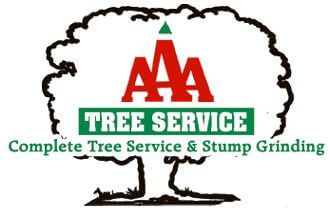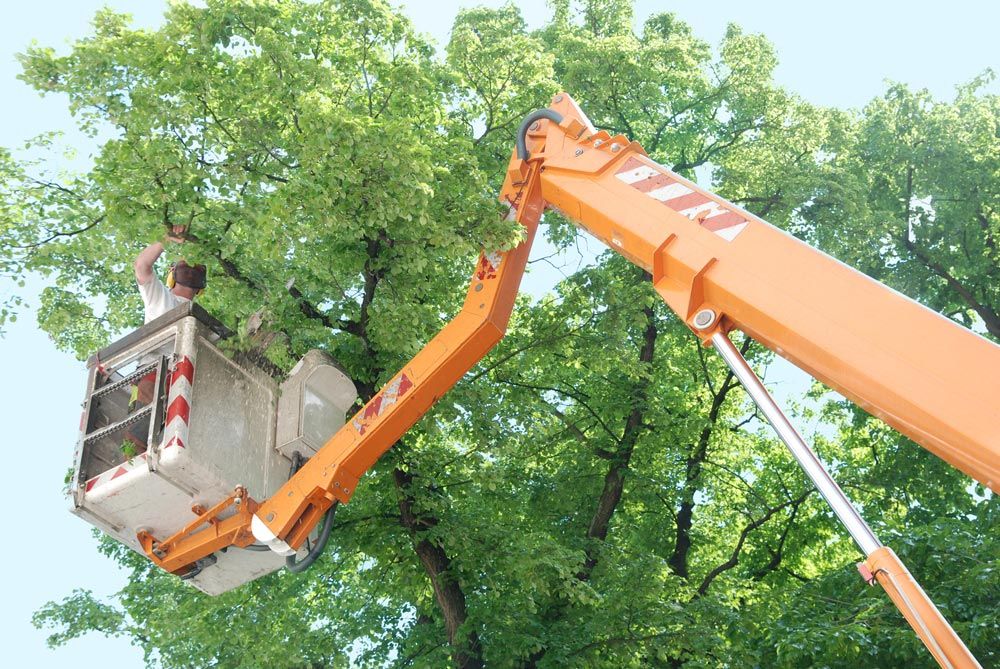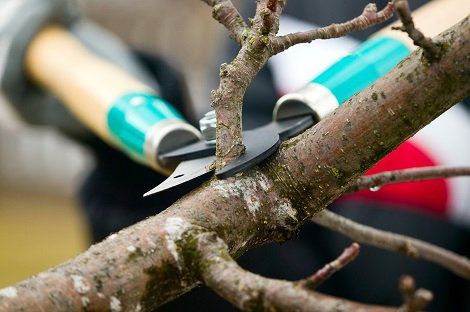Tree Stump Removal Versus Grinding: Which Is Better?
After all the heavy lifting of removing a tree is complete, the stump that once held the tree in place remains. Stump removal raises questions about what method to use in your yard.
Stump removal and stump grinding are two common ways of dealing with stumps. Both stump removal techniques have advantages and disadvantages. Read on to discover the details of the two techniques to help you decide.
Advantages of Stump Removal
Stump removal involves completely removing a tree's stump and roots. Stump removal is a convenient option for homeowners because the process allows the following.
Easy Option to Replant
Planting a new tree is always a good idea, and stump removal offers the option to replant where the old tree grew. You can replant a new tree on the same spot, but most do not recommend this.
Here are a few things to keep in mind:
- The old tree probably stripped the soil of its nutrients
- The old tree roots may deprive other plant's roots of space to grow
- If the old tree had a disease, the pathogen could transmit to your new tree.
Finding another place to plant your tree is preferable. However, if the old tree had some sentimental value, it's still possible to plant a tree after stump removal. But before you replant:
- Give the planting site some time for the roots to decompose.
- Consider the health of the old tree.
- Prepare the site and restore the soil acidity.
Disadvantages of Stump Removal
Some noteworthy disadvantages of stump removal include:
Cost
Removing a stump requires a more significant investment of resources and energy and is, therefore, more costly. A tree arborist will require heavy-duty equipment and tools, making this method dangerous and more tedious.
Factors such as the root system, tree age, and soil type add to the cost of the excavation. Other services that may further drive up the costs include using chemicals and disposing of the stump and root.
Extra Work Involved
Stump removal is the more intensive of the two processes. The process requires heavy-duty machinery to pull the stump from the ground. After the stump is out, root removal is next. And the roots may be deep within the ground.
Total stump removal leaves a gaping unsightly hole that needs filling — not to mention the hauling of the stump.
You can use highly concentrated potassium nitrate to soften the soil, which you must clean up afterward.
Advantages of Stump Grinding
Stump grinding is the removal of a tree stump using a wood chipper. The machine grinds the stump to ground level or a few inches below ground level. Stump grinding is the preferred option for many homeowners because of the following advantages.
Faster
Grinding is an intricate process that employs a grinder to grind out the stump mechanically. The grinding machine is fast and efficient and takes less time than stump removal. You'll need to do some clean-up due to the messy sawdust waste the machine leaves behind.
Involves Minimal Labor
Stump grinding is less intrusive, therefore, not as labor-intensive as removal. The machine completely shreds the stump into small woodchips. Stump grinding requires minimal filling because the roots remain in the ground. Stump grinding is considerably less expensive in comparison because of low labor input.
Disadvantages of Stump Grinding
While stump grinding has many advantages, one disadvantage of stump grinding is that the stump can sprout again. Grinding takes care of the visible stump and leaves roots spread underground. With roots still embedded in the ground, there's always a possibility of sprouting where the stump once was. If you are not interested in planting again, the sprout can be a nuisance.
Eliminating tree stumps in your yard has many benefits. In addition to the aesthetic benefits, eliminating the stump is also the best way to prevent termites and carpenter ants from using the stump as a home. If you're unsure whether stump removal or grinding is best for you, contact us at AAA Tree Services today for professional help.


